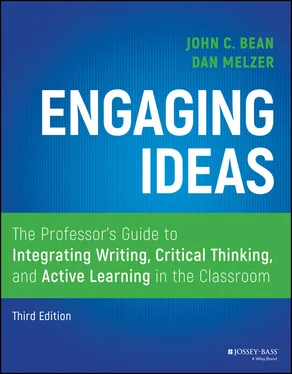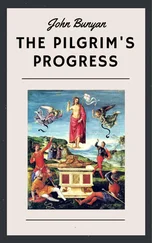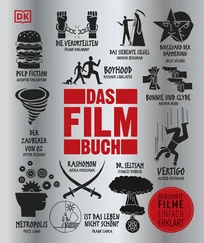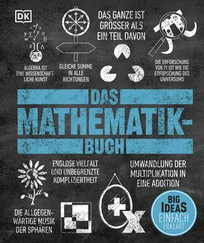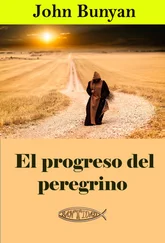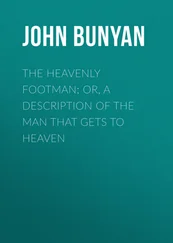1 ...6 7 8 10 11 12 ...25 This book aims to help teachers develop courses that follow these guidelines. Of key importance are Kurfiss's principles 2, 4, and 5: a good critical thinking course presents students with “problems, questions, [or] issues” that make a course “assignment centered rather than text [or] lecture centered” and holds students responsible for formulating and justifying their solutions orally or in writing. This book particularly emphasizes writing assignments because they are perhaps the most flexible and most intensive way to integrate critical thinking tasks into a course and because the writing process itself entails complex critical thinking. But much attention is also given to class discussions, small‐group activities, and other teaching strategies that encourage students to work collaboratively to expand, develop, and deepen their thinking. Attention is also given throughout to the design of problems at appropriate levels of difficulty, to the developmental needs of students, and to the importance of making expectations and criteria clear (principles 1, 3, and 8).
Step 3: Design Critical Thinking Tasks for Students to Address
A crucial step in teaching critical thinking is to develop good problems for students to think about. Tasks can range from enduring disciplinary problems to narrowly specific questions about the significance of a graph or the interpretation of a key passage in a course reading. The kinds of questions you develop for students will depend on their level of expertise, their current degree of engagement with the subject matter, and the nature of question asking in your own discipline.
When we conduct workshops in writing across the curriculum, we like to emphasize a disciplinary, content‐driven view of critical thinking. One of John's workshop strategies is to ask faculty to write out one or two final examination essay questions for one of their courses—questions that they think assess subject matter knowledge and a desired level of disciplinary or generic critical thinking. Participants then discuss the kinds of thinking needed and possible ways to revise the questions to increase or decrease the level of complexity. Once participants have revised their questions, John suggests that it is a shame to waste them on an in‐class exam, where students are graded on a hasty, unrevised rough draft. More learning might emerge if such questions were integrated into the fabric of a course, where the question could keep students longer on task, stimulating deepened and more complex thought, engagement, and disciplinary learning. Chapters 4, 5, 6, 8, and 9focus specifically on the design of critical thinking tasks to serve as formal or informal writing assignments or as starting points for other critical thinking activities.
Step 4: Develop a Repertoire of Ways to Give Critical Thinking Tasks to Students and to Coach Critical Thinking
Once you have developed a stockpile of critical thinking problems based on your course's subject matter, you can choose from dozens of ways to integrate them into your course. This book presents numerous options for giving critical thinking problems to students. These include the following:
Problems as formal writing assignments. Formal writing assignments, which require revision and multiple drafts, keep students on task for extended periods and are among our most powerful tools for teaching critical thinking. They can range in length from one‐paragraph microthemes (see chapter 4) to major research projects within a disciplinary genre (see chapter 10). As these chapters show, effective academic assignments usually require that the student develop and explore a disciplinary problem or propose and support a thesis or test a hypothesis in response to a problem. Such problem‐centered assignments, which are primarily argumentative or analytical, are more effective for developing critical thinking than topic‐centered assignments, which students often interpret as asking for information (“Write a research paper on one of the following topics.”).
Problems as thought‐provokers for exploratory writing. Although students usually write only a few formal papers for a course, they can do behind‐the‐scenes exploratory writing on a daily basis. Chapters 2and 5provide a rationale for this kind of low‐stakes writing, which is a seedbed for generating and growing ideas. Exploratory writing records the actual process of critical thinking while simultaneously driving it forward. Perhaps more than any other instructional tool, exploratory writing transforms the way students study for a course because it can make active critical thinking about course subject matter part of each day's homework. Chapters 5and 6give numerous suggestions for integrating exploratory writing into a course, ranging from various kinds of journals or thinking pieces to postings on electronic discussion boards.
Problems as small‐group tasks. Disciplinary problems make powerful collaborative learning tasks. Small groups can be given a set time to brainstorm possible solutions to a problem or to seek a best solution by arriving at a consensus or a reasoned “agreement to disagree.” In a plenary session, groups report their solutions and present their justifying arguments using appropriate reasons and evidence. The instructor usually critiques the groups' solutions and often explains how experts in the discipline (for whom the teacher is spokesperson) might tackle the same problem. During plenary sessions, the instructor models and coaches disciplinary ways of making arguments, also attending to the generic critical thinking skills of looking at the available evidence and considering alternative views. Chapter 8focuses on the uses of small groups to promote critical thinking.
Problems as starters for class discussions. Discussion classes can begin with one or two critical thinking problems written on the whiteboard or posted in advance on an electronic discussion board as questions of the day. The teacher guides the discussion, encouraging students to appreciate and manage complexity. (If students have addressed these questions the night before in an exploratory thinking piece, they will be more prepared for class discussion.) Other ways to get students actively addressing critical thinking problems include classroom debates, panel discussions, and fishbowls. See chapter 9for suggestions on bringing more critical thinking into lectures and class discussions.Besides giving students good problems to think about, teachers need to critique students' performances and to model the kinds of critical thinking they want students to develop. This book suggests numerous ways that teachers can coach critical thinking, including critiquing solutions developed by small groups, guiding class discussions to deepen complexity, inviting alternative points of view, writing comments on student drafts, holding conferences, sharing their own autobiographical accounts of their own thinking and writing processes, discussing strengths and weaknesses of sample papers, breaking long assignments into stages, and stressing revision and multiple drafts. An equally important aspect of coaching critical thinking is to provide a supportive, open classroom that values the worth and dignity of all students. When students actively use a course's new concepts, ideas, and information to address authentic problems, they engage course material on a deep level.
Step 5: Develop Strategies to Include Exploratory Writing, Talking, and Reflection in Your Courses
Good writing, we like to tell our students, often grows out of good talking—either talking with classmates or talking dialogically with oneself through exploratory writing. A key observation among teachers of critical thinking is that students, when given a critical thinking problem, tend to reach closure too quickly. They do not suspend judgment, question assumptions, evaluate evidence, imagine alternative answers, play with data, enter into the spirit of opposing views, and just plain linger over questions. As a result, they often write truncated and underdeveloped papers. To deepen students' thinking, teachers need to build into their courses time, space, tools, and motivation for exploratory thinking. Closely connected to exploratory tasks are reflective tasks aimed at encouraging students to think metacognitively about their own thinking processes, to connect learning in one course to other courses or to their own lives, to transfer skills from one setting to another, and to integrate their learning. Chapters 5– 10suggest numerous ways to integrate exploratory writing, talking, and reflection into your courses. Specific strategies for teaching metacognition, reflection, and self‐assessment are found in chapter 12.
Читать дальше
